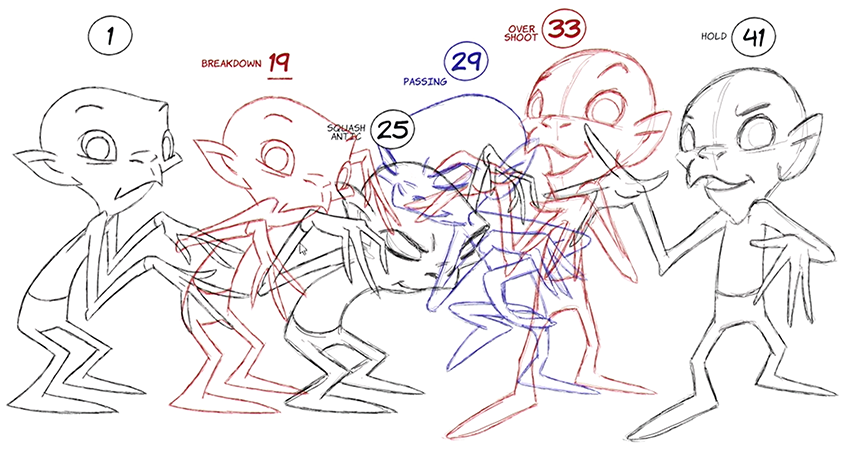Movies in my LYNDA/LINKEDIN-LEARNING ‘Tips & Tricks’ series covering opposing action & overlap, assembled into a virtual course. BTW, check out my patreon, there’s going to be a lot of animation resources posted there!
OPPOSING ACTION
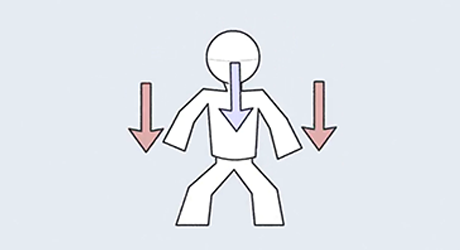 |
1: OPPOSING ACTION: BASIC
A very simple foundation of animation is the opposing action. You’re likely to create it by accident just by moving a character around. However it’s good to understand the principle, and how it can be used in conjunction with more advanced techniques like overlap.
|
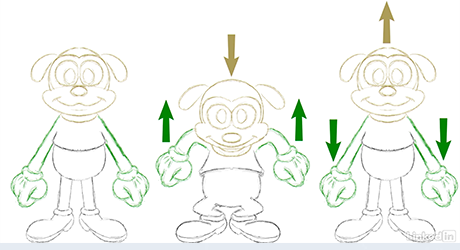 |
2: OPPOSING ACTIONS: EXAMPLES
Opposing action was used in the very earliest animation era, the teens and twenties. As in the example to the left, a simple up down cycle creates a charming bounce action.
|
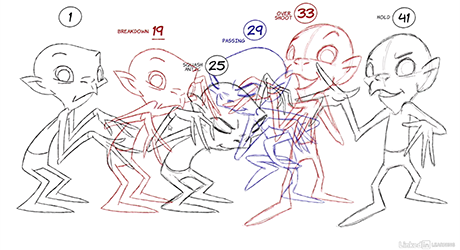 |
3: OPPOSING INTERMEDIATE
The principle can be taken much further than that, which of course means more complexity (and effort) – but it’s well worth it.
|
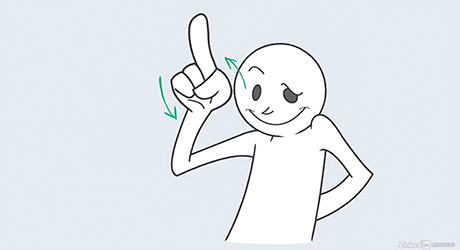 |
4: OPPOSING ADVANCED
Taken to an extreme, we see opposing actions all over the place in the classic Disney/Bluth/WB styles.
|
OVERLAP
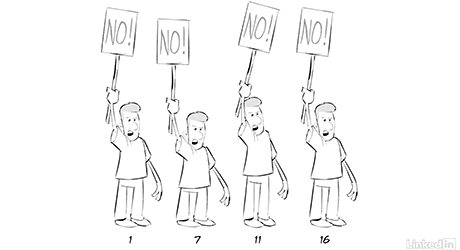 |
1: OVERLAP A CROWD
Overlap can be mind bending, but at root it’s a simple idea: different things or parts of a thing move and different speeds. Not everything happens at once. A riot is an ugly thing, and it’s about time we had one!
|
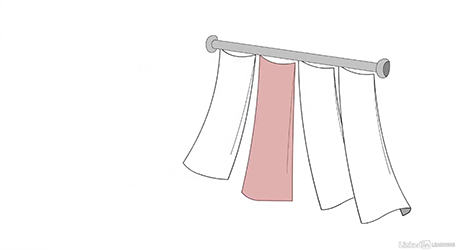 |
2: FABRICS
This is easy to test yourself. Pull three or four items of clothing (great if you have scarves) of different materials from heavy to light, and swing them by the same amount of force from left to right. The timing and range of motion for each will be very different!
|
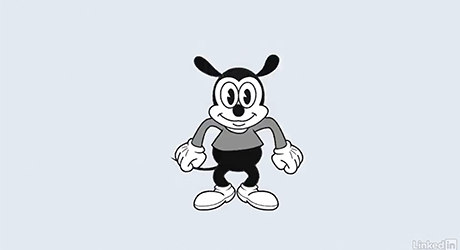 |
3: OVERLAP THE 1920s
Many people make the mistake of thinking that recreating a period piece means simply copying the style – but it’s also about copying the essence. In this case we do the reverse, we take a 1920s rubber hose with no overlap, and add it! It ends up looking like the Ren & Stimpy ‘Happy Happy Joy Joy’ dance.
|
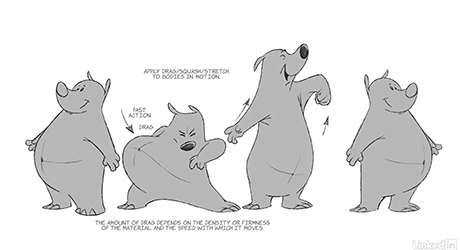 |
4: LARGE CHARACTERS
A good case use of overlap is on characters with large body mass – this cartoon bear’s belly won’t move at the same rate as his muscle mass, as it’s lighter and less dense. It’s a secondary action, it drags.
|
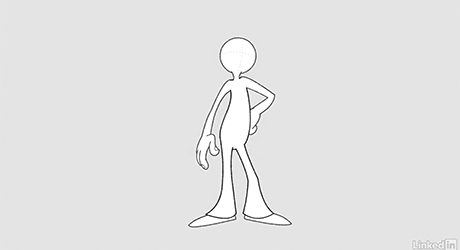 |
5: FOLLOW THROUGH
Following through the overlap (continuing the many overlapping actions until they come to a stop or an idle) separates much TV animation from feature. You can as much or as little overlap/follow through as you like, or can afford.
|
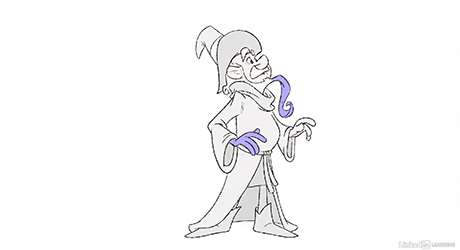 |
6: ADVANCED OVERLAP
I made this character to deliberately match the look and style of 60s/70s Disney-Bluth animation as much as possible (I used to work for Bluth BTW). I break down each element of this very simple turn, showing how much business can be packed into 2 seconds.
|
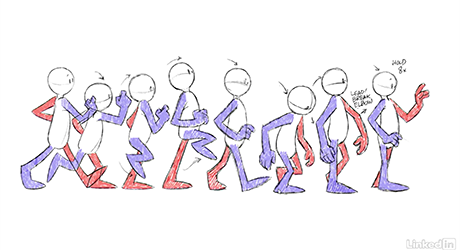 |
7: MOVING HOLD
The worst boss I ever had was a crooked accountant who thought he was Walt Disney. The only things he ever said was “Give it more tonality” or “Give it a moving hold”. He did not know what a moving hold was. If you watch this video, you will know more than he did.
|
 |
8: MOVING HOLD ADVANCED
Just some finishing touches to polish off the moving hold. Take that, crooked accountant!
|
For more courses there’s a masterlist of classes, covering traditional principles as well as how to animate in Photoshop, Flash-AnimateCC, Harmony and After Effects. For new movies dealing with the free design/animation app KRITA, subscribe to my youtube channel and check out my patreon!













